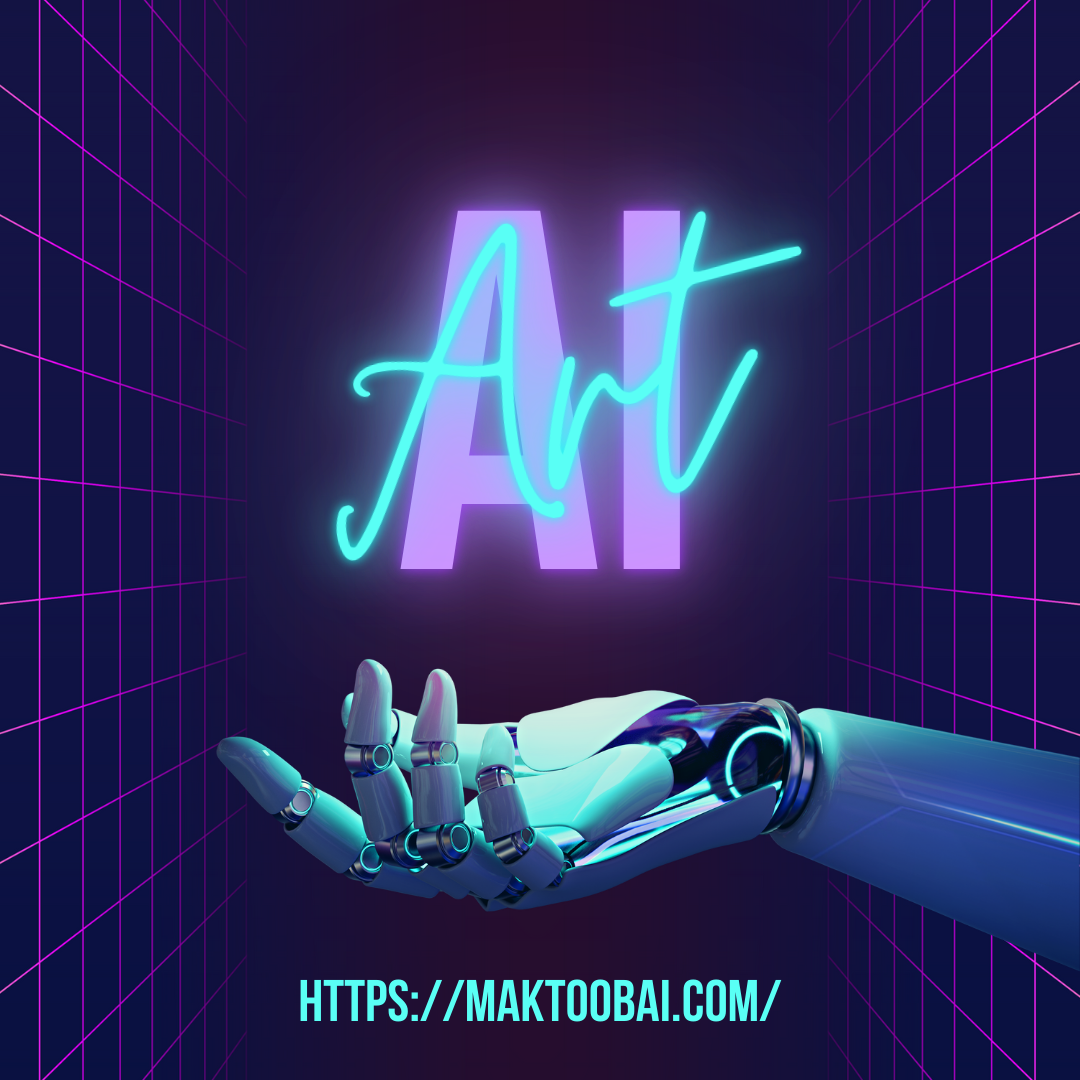As artificial intelligence (AI) becomes increasingly integrated into educational systems, it offers both promising opportunities and significant challenges. AI can enhance learning experiences, improve efficiency, and create more inclusive education models. However, its integration comes with technical, ethical, and practical hurdles that must be addressed to ensure successful implementation.
Opportunities of Integrating AI in Education
1. Personalized Learning
One of the most significant opportunities AI offers is the ability to provide personalized learning experiences. Traditional education often follows a one-size-fits-all approach, but AI can tailor instruction to meet individual student needs. Adaptive learning platforms, such as Knewton and DreamBox, use AI algorithms to analyze students’ learning behaviors and adjust the curriculum accordingly. Students receive content that matches their pace and understanding, making learning more effective and engaging.
Personalized AI tutors can also provide support outside the classroom, offering real-time feedback and customized learning paths. These AI-driven systems can help students struggling with specific subjects by identifying weak areas and offering targeted exercises. Personalized learning ensures that students remain challenged without being overwhelmed, contributing to improved academic outcomes.
2. Enhanced Efficiency for Educators
AI can significantly reduce the administrative burden on educators, allowing them to focus more on teaching and student engagement. Tasks like grading, lesson planning, and student performance tracking can be automated using AI tools. Platforms like Gradescope and Edmodo help teachers assess assignments more quickly and accurately, while learning management systems (LMS) powered by AI can organize content and provide data-driven insights into student progress.
By automating routine tasks, teachers can spend more time providing personalized attention, creating interactive lessons, and developing strategies to meet the needs of their students. AI can also suggest lesson plans and educational resources based on a teacher’s specific objectives, further streamlining preparation.
3. Inclusive and Accessible Education
AI can play a pivotal role in making education more inclusive and accessible for students with diverse needs. AI-driven assistive technologies—such as screen readers, voice recognition software, and AI translators—can provide support for students with disabilities, ensuring they can fully participate in learning activities.
For instance, students with visual impairments can use AI-powered screen readers like JAWS or VoiceOver to access digital content. Similarly, AI-based language translation tools can support students who are non-native speakers, allowing them to learn in their preferred language. These tools ensure that barriers like physical disabilities or language limitations do not prevent students from accessing quality education.
4. Data-Driven Decision Making
AI can process large volumes of data to provide educators, institutions, and policymakers with insights that inform decision-making. Data-driven AI systems can analyze student performance, attendance patterns, engagement levels, and other metrics to identify trends and areas that require intervention. Early warning systems powered by AI can help educators identify at-risk students and recommend proactive steps to address learning gaps or prevent dropout.
AI-driven analytics can also assist school administrators in optimizing resources, improving curriculum design, and enhancing overall institutional performance. This data-centric approach allows for continuous improvement in the education system based on real-time feedback and insights.
Challenges of Integrating AI in Education
1. High Implementation Costs
One of the most significant challenges of integrating AI into education is the high cost of implementation. Developing AI-driven platforms, purchasing the necessary hardware, and training educators to use these tools require substantial financial investment. Schools, especially in low-income or developing regions, may lack the funds needed to deploy AI solutions at scale.
In addition to the upfront costs, ongoing maintenance, software updates, and technical support are required to ensure AI systems remain functional and effective. The digital divide, particularly in underfunded schools or rural areas, can exacerbate inequalities in access to AI-powered education. Governments and educational institutions must find ways to make AI technology more affordable and widely available to avoid deepening existing disparities.
2. Lack of Teacher Training
While AI can assist educators, many teachers are not trained to effectively integrate AI tools into their teaching practices. A lack of technical skills and knowledge can hinder the successful adoption of AI in the classroom. Teachers may feel overwhelmed or resistant to using AI-driven tools, particularly if they are unfamiliar with how these systems work.
To overcome this challenge, educational institutions must invest in comprehensive teacher training programs that focus on the practical application of AI in the classroom. Teachers need to understand how AI can enhance their instruction, rather than replace them, and how to use these tools to improve student outcomes. Ongoing professional development is critical to ensure that educators stay up-to-date with the latest AI advancements.
3. Data Privacy and Ethical Concerns
As AI systems collect vast amounts of student data to personalize learning and improve outcomes, concerns over data privacy and security arise. Students’ personal information, academic performance, and behavioral patterns are sensitive data that must be protected from unauthorized access or misuse. Data breaches could lead to severe consequences, including identity theft or the exploitation of student information for commercial purposes.
In addition to privacy concerns, ethical issues like algorithmic bias and transparency are also significant challenges. AI systems may inadvertently reinforce existing biases in educational data, leading to unfair treatment of certain students based on socio-economic status, race, or gender. Transparency in AI decision-making is essential to ensure that students and parents can understand and challenge AI-driven outcomes.
4. Overreliance on Technology
Another challenge is the risk of overreliance on AI in education. While AI can enhance learning, it should not replace the crucial human elements of education, such as empathy, creativity, and social interaction. The role of the teacher as a mentor and guide is irreplaceable, and AI tools should complement rather than substitute human instruction.
There is also concern that students may become too dependent on AI for answers, diminishing critical thinking and problem-solving skills. Schools must strike a balance between using AI to support learning and fostering independent thought, creativity, and interpersonal skills that are essential for students’ long-term success.
Conclusion
Integrating AI into education offers exciting opportunities for personalized learning, efficiency, and inclusivity. However, these opportunities come with challenges, including high costs, teacher training, data privacy, and ethical concerns. To maximize the benefits of AI in education, careful planning, investment, and collaboration between educators, technologists, and policymakers are essential. When implemented responsibly, AI has the potential to transform education and prepare students for a rapidly evolving digital world.


